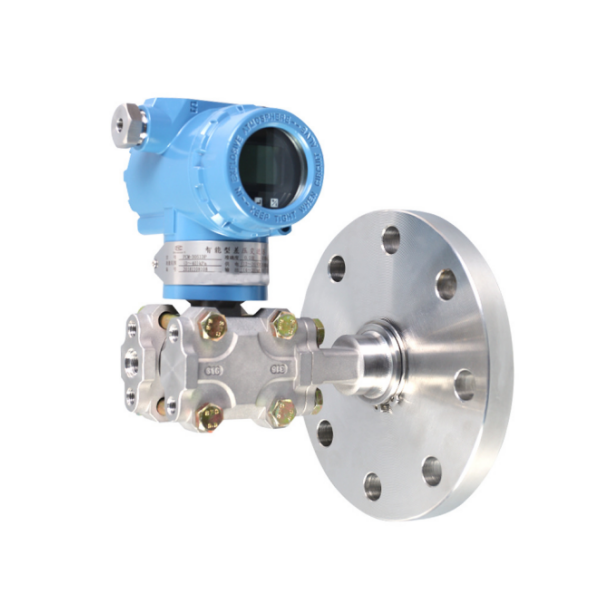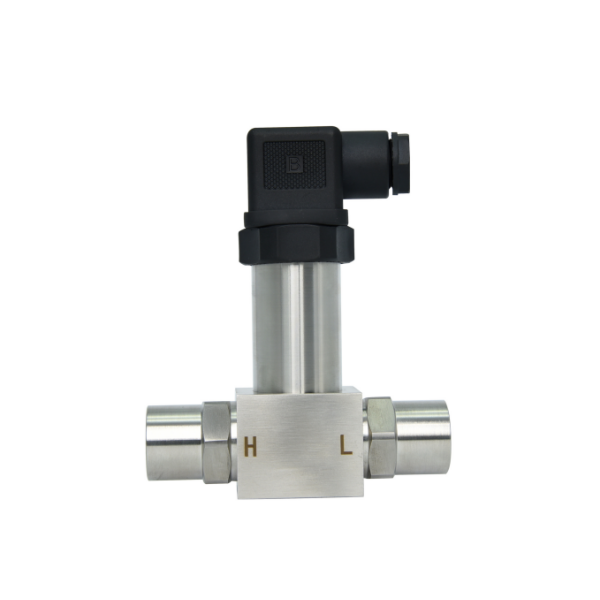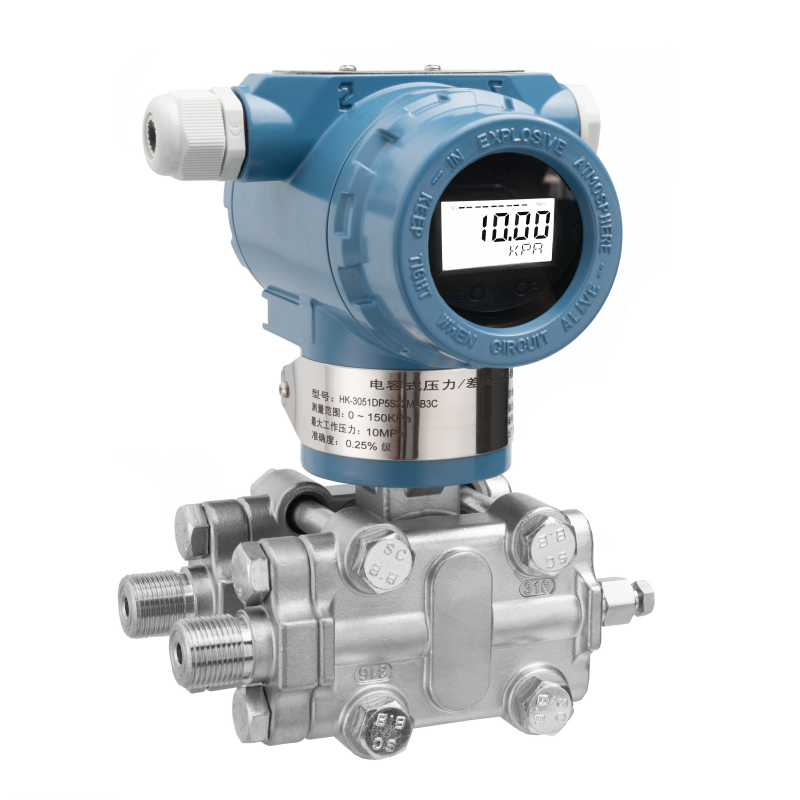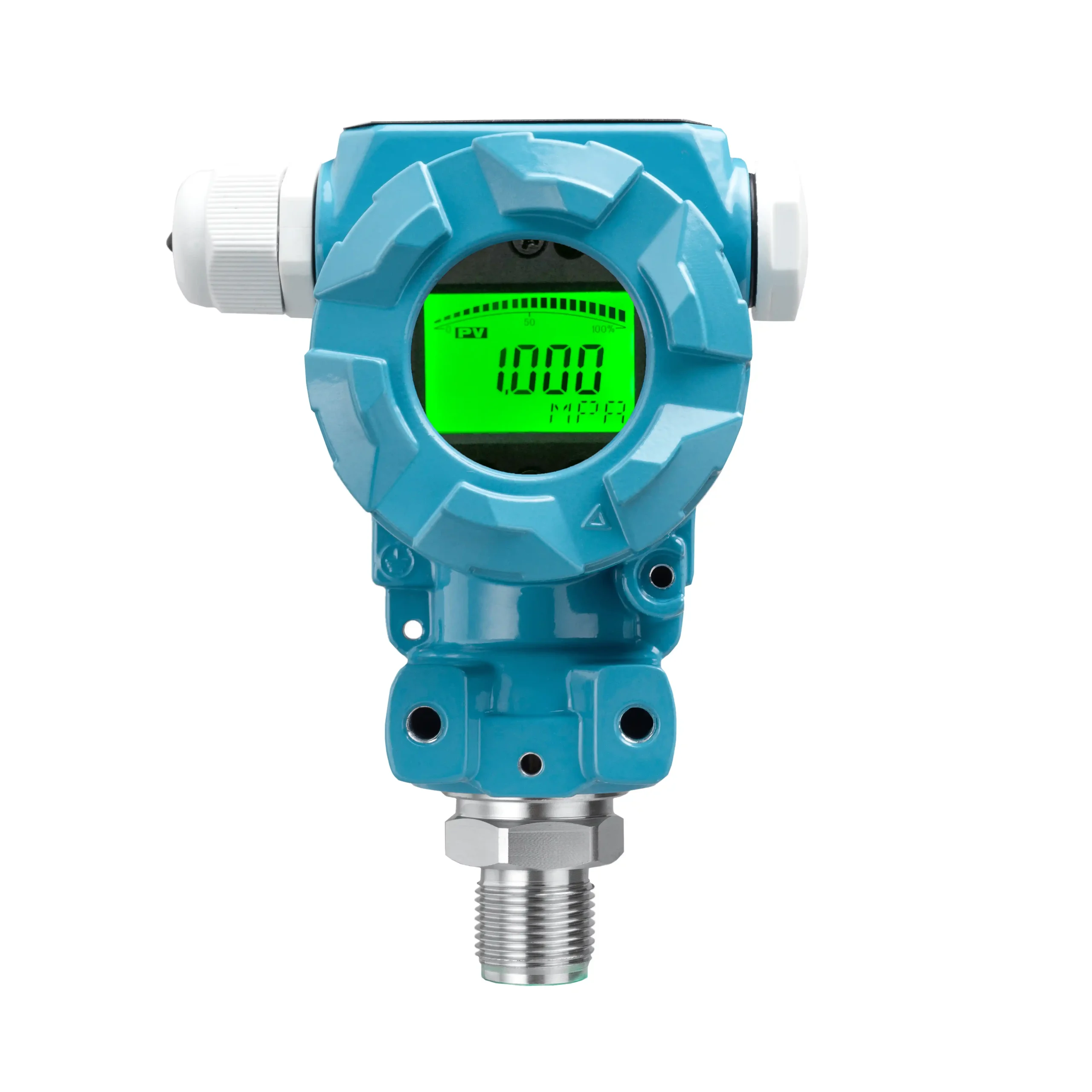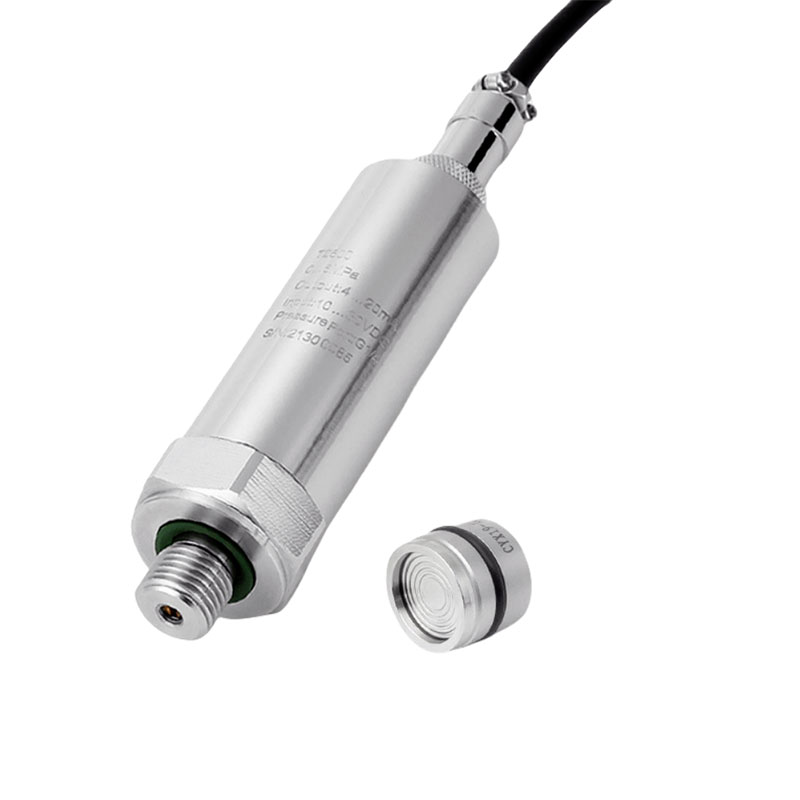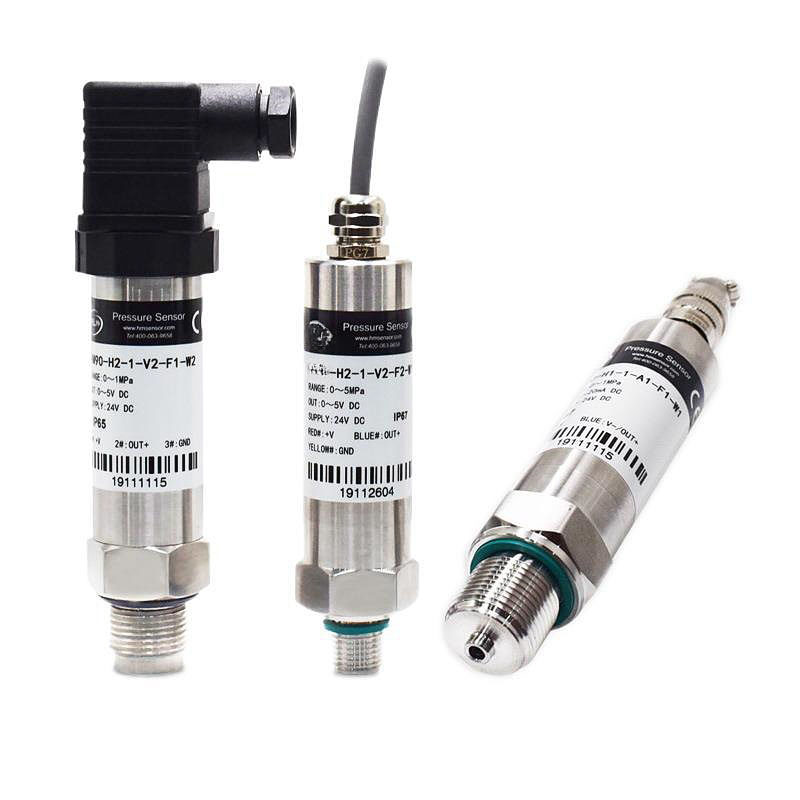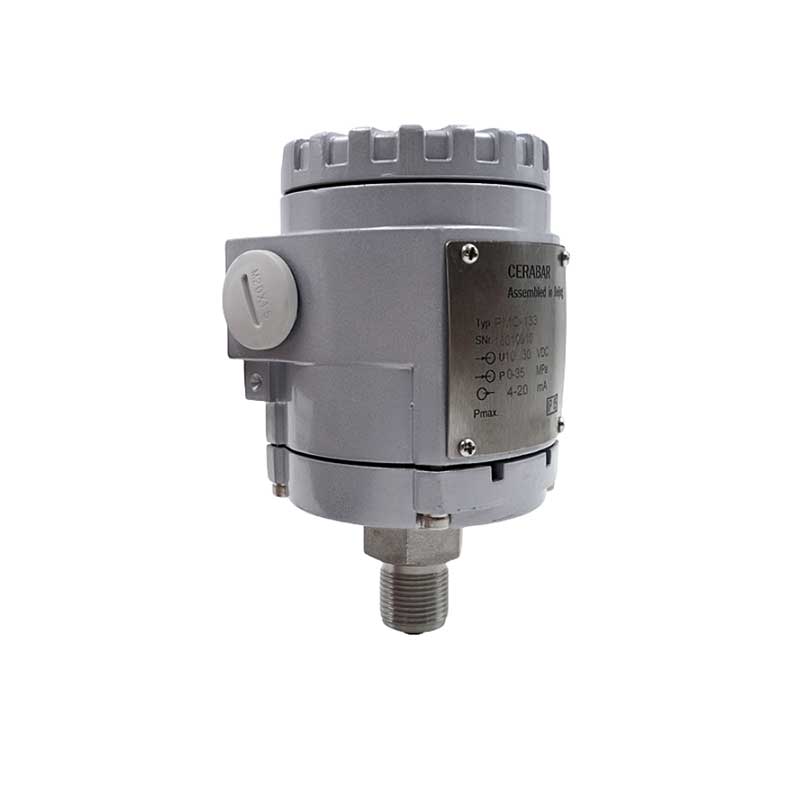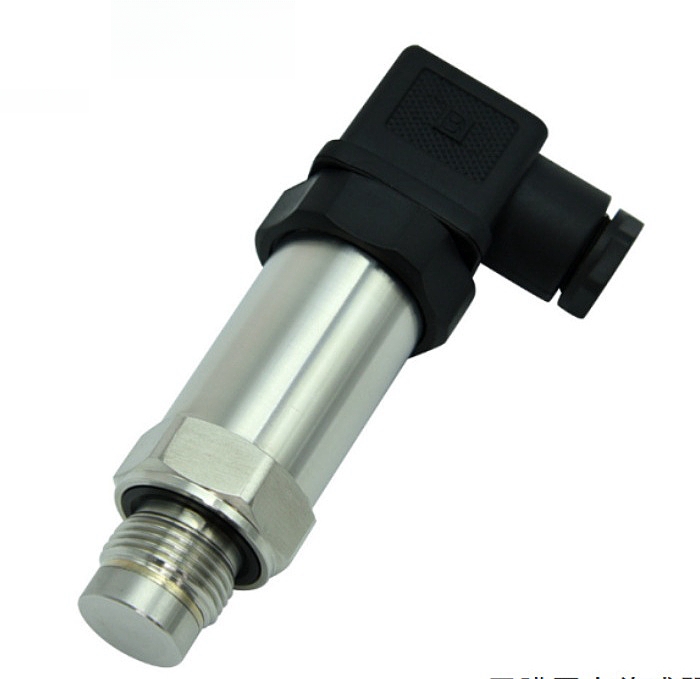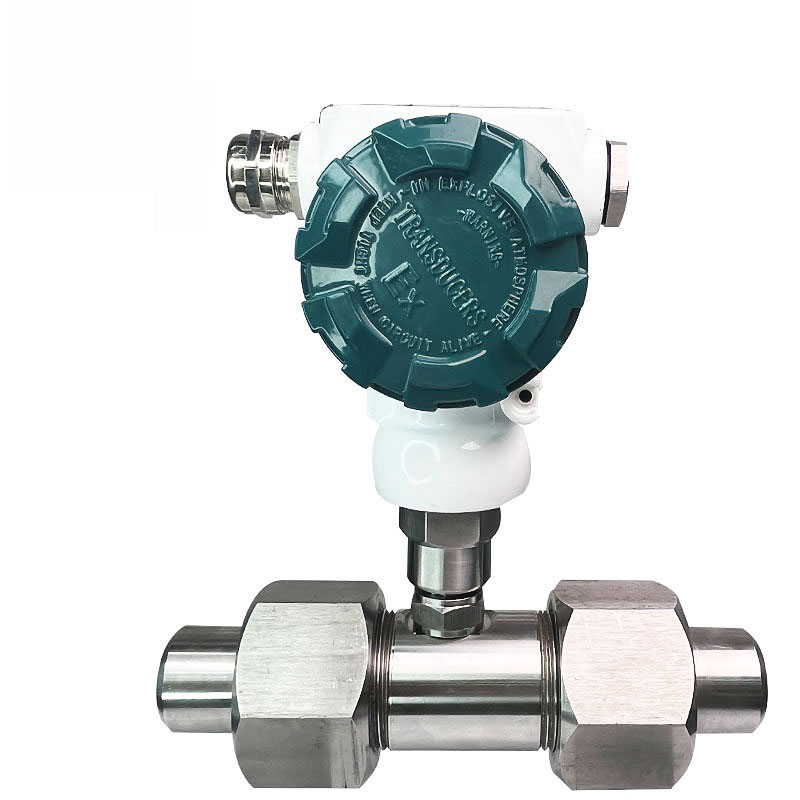Working Principle of a Waterproof Pressure Sensor
A waterproof pressure sensor is based on the effect of pressure on the sensing element. When liquid or gas exerts pressure, the sensing element will undergo a slight deformation. The slight deformation will be detected by the sensor and converted into an electrical signal. The sensor converts the signal into digital or analog output through amplifiers and converters. It can realize the measurement of pressure.
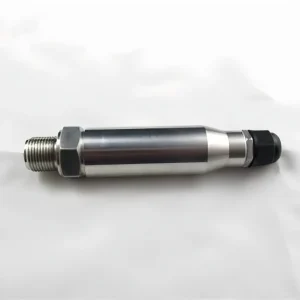
Order Guide:
When we choose waterproof pressure sensors, we pay attention to the following points:
- Range
- Output Signal
- Process Connection
- Electrical connections
- Structural materials
- Another functions

Classification of pressure sensors
1. Piezoresistive pressure sensor
The metal resistance strain gauge is the resistance value of the strain gauge attached to the base. Material changes with mechanical deformation. It is known as the resistance strain effect.
2. Ceramic pressure sensor
A Ceramic pressure sensor is based on the piezoresistive effect. Pressure acts on the front surface of the ceramic diaphragm. And it causes the diaphragm to deform slightly. Thick film resistors are printed on the back of the ceramic diaphragm. And Thick film resistors are connected to form a Wheatstone bridge. Due to the piezoresistance effect of the varistor, the bridge generates a highly linear voltage signal. That is proportional to the pressure and proportional to the excitation voltage. The standard signal is calibrated to 2.0/3.0/3.3mV/V, etc.
3. Diffused silicon pressure sensor
A diffused silicon pressure sensor is also based on the piezoresistive effect. Because of the principle of piezoresistive effect, the pressure of the measured medium acts on the diaphragm of the sensor (stainless steel or ceramic). Causing the diaphragm to produce a micro-displacement proportional to the medium pressure. It causes the resistance value of the sensor to change. And using electronic circuits to detect this change and convert it. Then it outputs a standard measurement signal corresponding to this pressure.
4. Sapphire pressure sensor
Silicon-sapphire is used as a semiconductor-sensitive element. It has unparalleled metrological characteristics. So, semiconductor sensitive elements made of silicon-sapphire are insensitive to temperature changes. And have good working characteristics even under high temperature conditions. Sapphire has strong radiation resistance. Besides, silicon-sapphire semiconductor sensitive elements have no p-n drift.
5. Piezoelectric pressure sensor
The piezoelectric effect is the main working principle of piezoelectric sensors. Piezoelectric sensors cannot be used for static measurements. Because the charge after the external force is only saved when the circuit has infinite input impedance. The actual situation is not like this, so this means piezoelectric sensors can only measure dynamic stress.
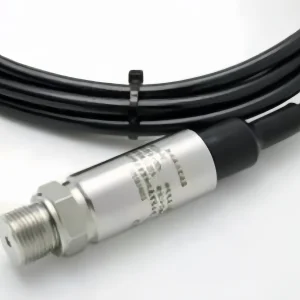

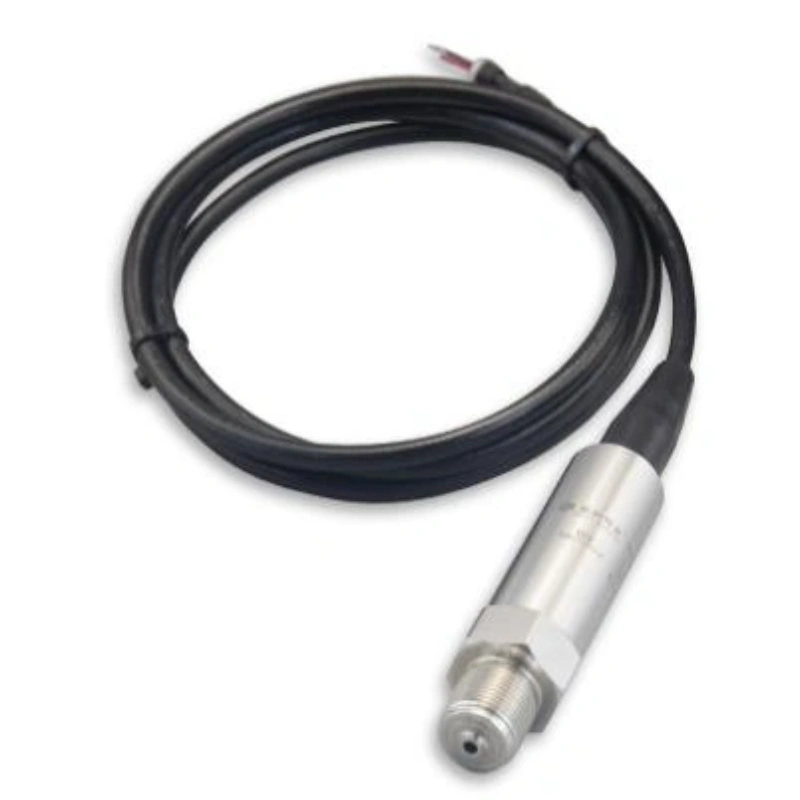
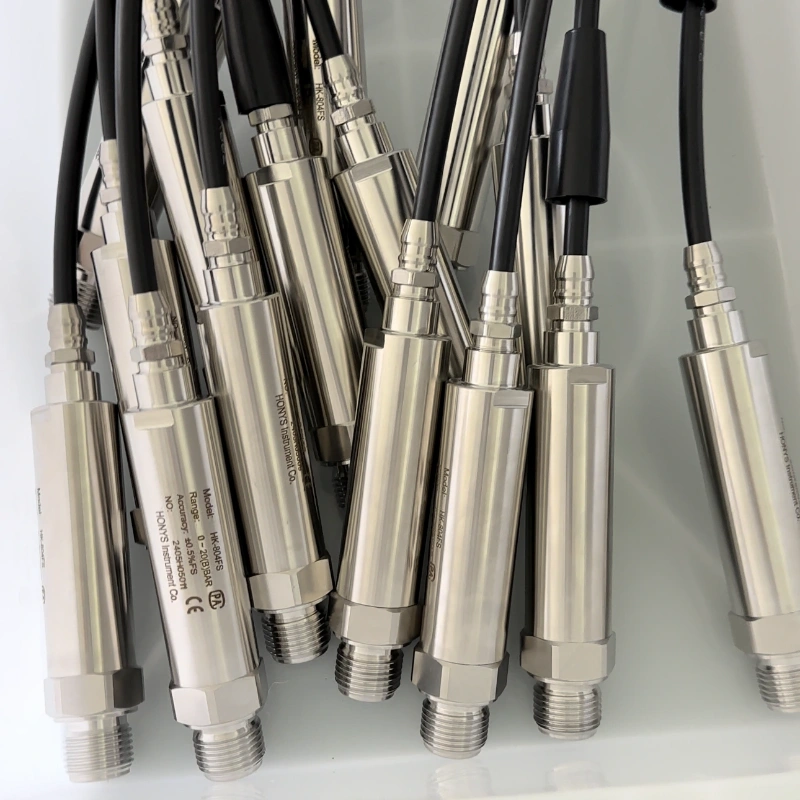
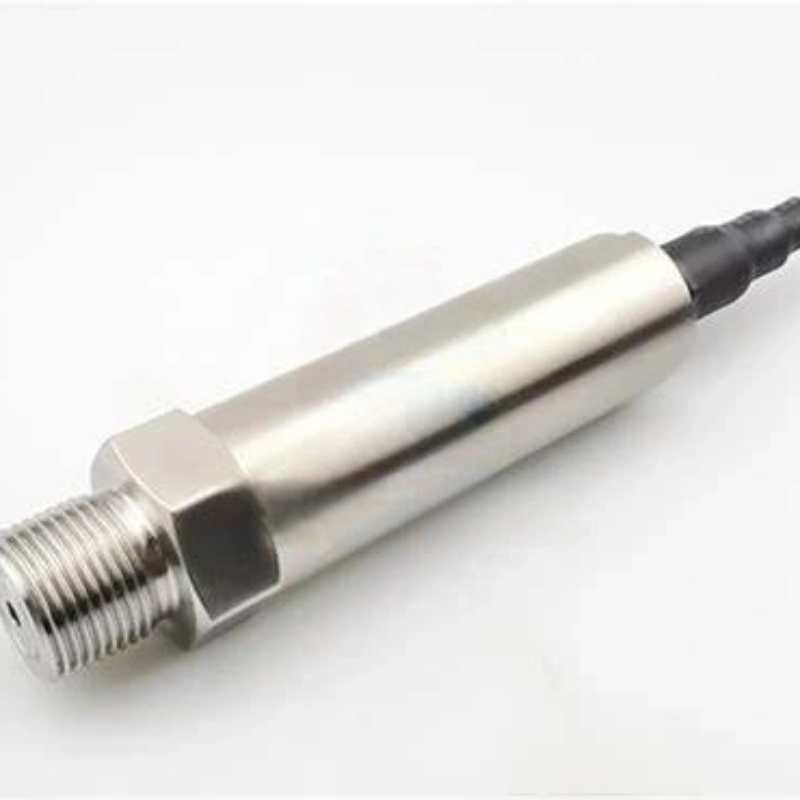
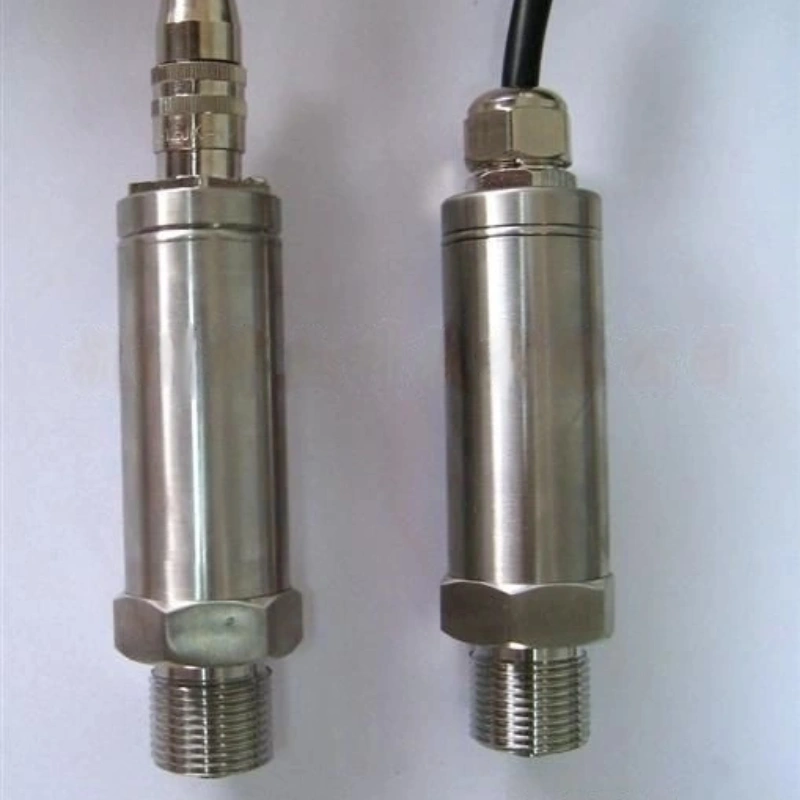
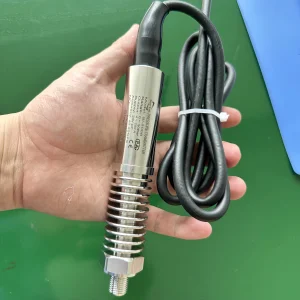 Waterproof pressure sensors measure the pressure of liquids or gases through sensing elements. They have extensive applications.
Waterproof pressure sensors measure the pressure of liquids or gases through sensing elements. They have extensive applications.